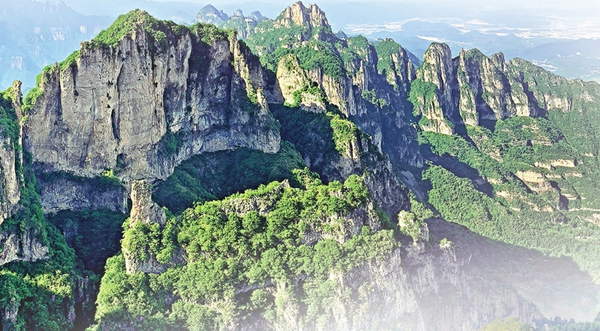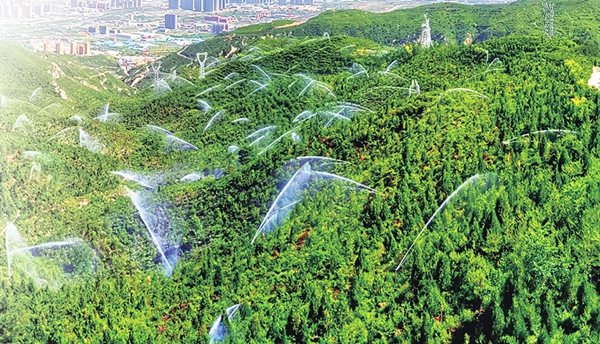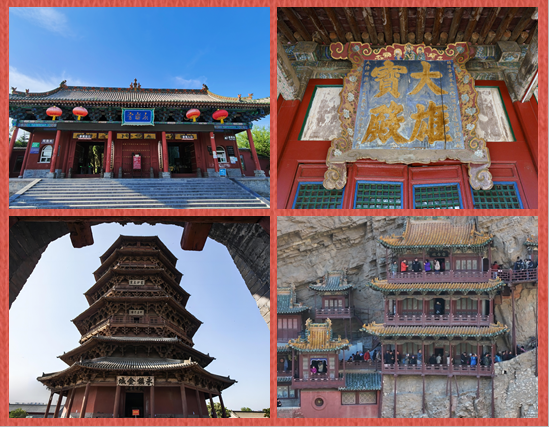Shanxi's Yellow River Basin ecological protection practices
Updated: 2025-07-04
Shanxi province has consistently deepened its comprehensive protection and management of the Yellow River Basin through coordinated efforts to advance carbon reduction, pollution control, afforestation, and economic growth.
Since the initiation of the 14th Five-Year Plan (2021-25), over 70 percent of the province's annual land greening tasks have been directed towards the Yellow River Basin. The basin has seen the completion of over 14.91 million mu (994,000 hectares) of afforestation and the nurturing of over 4.8 million mu of forests, achieving basic greening in 19 cities, districts, and counties along the Yellow River.

The excellent ecological environment of the Wangmang Mountains. [Photo/Shanxi Daily]
To purify Yellow River tributaries, the province has coordinated efforts to prevent agricultural non-point source pollution, industrial pollution, and urban and rural domestic pollution, as well as conducting comprehensive ecological environment treatments in mining areas. By the end of 2024, the proportion of excellent water bodies in the province's surface water national assessment sites increased from 70.7 percent to 94.7 percent, surpassing the national average for two consecutive years.
Shanxi has established a joint prevention and control mechanism with regions in the Yellow River Basin, including Shaanxi and Inner Mongolia, to conduct collaborative efforts in cross-regional biodiversity protection. In the Shanxi-Shaanxi Grand Canyon region, joint wetland protection and migratory bird corridor restoration projects have been carried out to collectively safeguard the ecological security of the Yellow River Basin.

The "Three Norths" Project of Yuquan Mountain in Taiyuan aims to establish an ecological barrier. [Photo/Shanxi Forestry and Grassland Bureau]
Shanxi has also taken the lead in exploring differentiated and specialized development models in 19 counties along the mainstem of the Yellow River. Balancing ecological protection with rural vitalization, the province is diversifying its creation of eco-products to propel green development.



